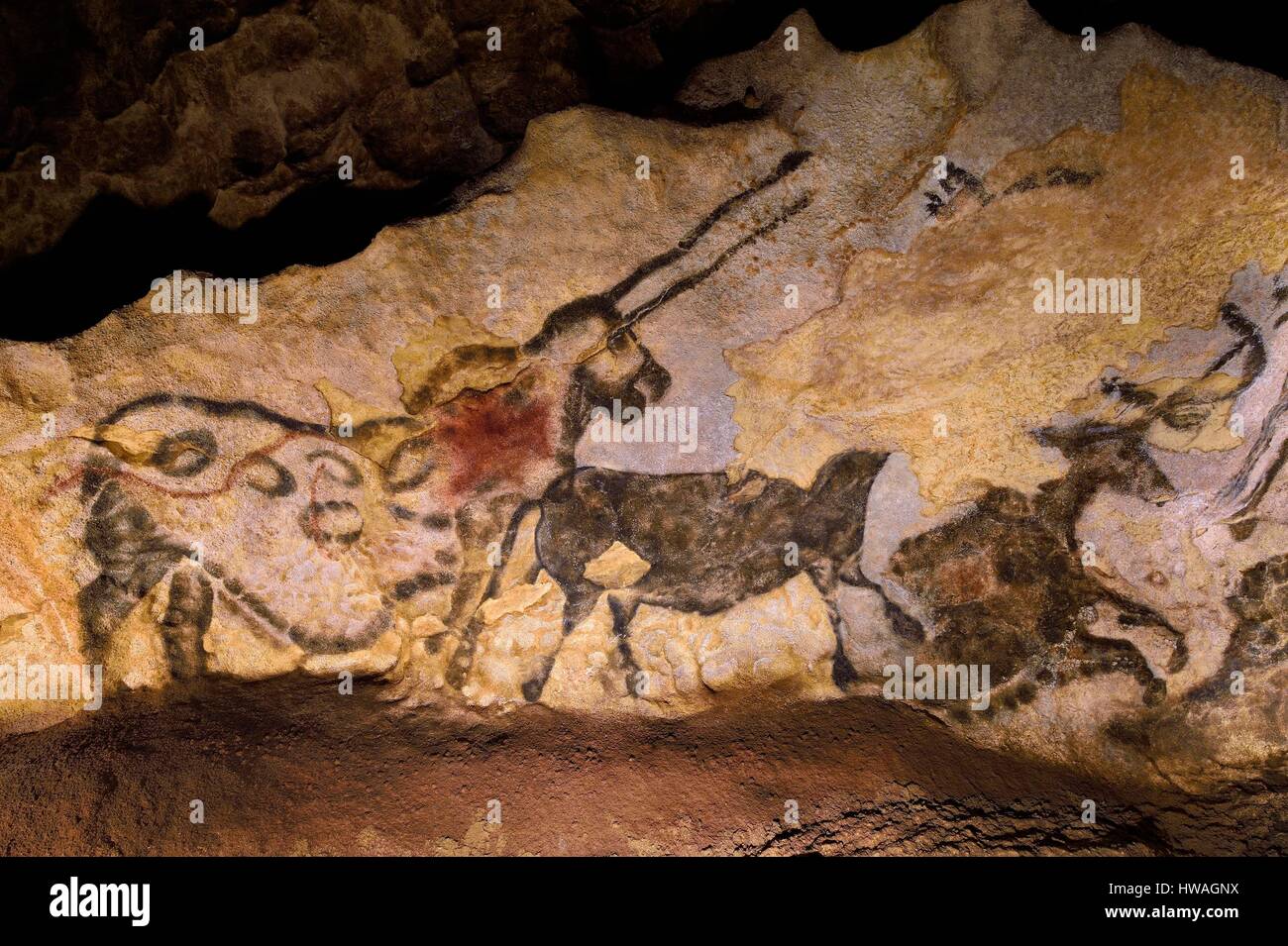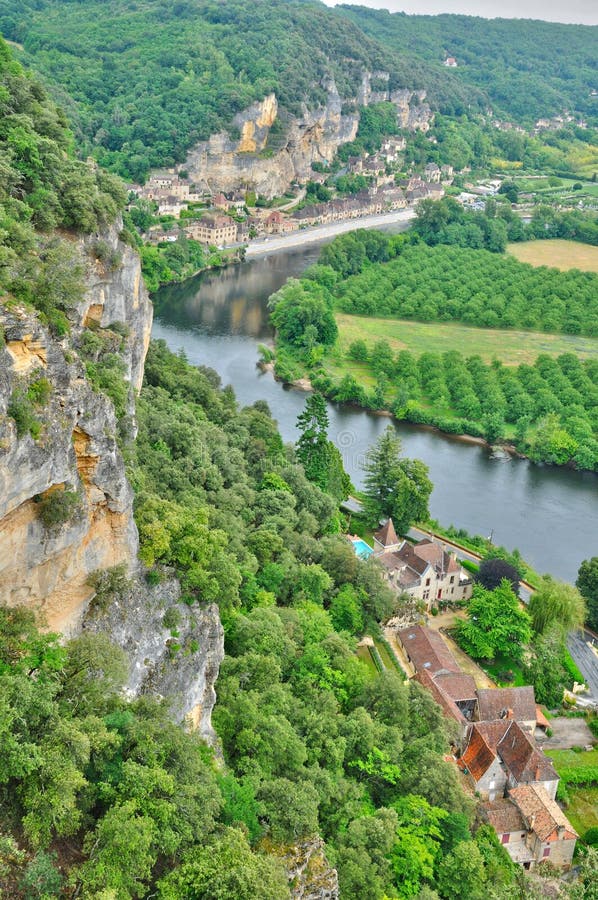

Cap Blanc is the greatest sculpted frieze from the Ice Age that is open to the public. The Grotte de Cougnac is one of the most beautiful of all decorated caves, not only for its art, but also and especially for its natural formations of stalagmites and stalactites. Its art is hugely dominated by drawings of mammoths. Rouffignac is a unique experience a decorated tunnel-like cave so vast that one travels around it by train.

The park at Le Thot contains many of the animal species which were familiar to Ice Age people: aurochs, bison, horses, deer and ibex, as well as a robotic mammoth. Lascaux II was the world’s first cave facsimile, opened in 1983, and there is now a new, enlarged and more complete replica, Lascaux IV, created in 2016. Two fascimiles are now the public’s only chance to see the wonders of Lascaux, the most famous and most beautiful of all decorated caves.
#Dordogne valley caves full
Font-de-Gaume is one of the greatest of all Ice Age decorated caves, with remarkable polychrome bison and other animals, skilfully placed to take full advantage of the rock shapes.

The Abri Pataud is the best possible way to see what a major Ice Age excavation site looks like, while the small museum next door still has a carving on its ceiling. The National Prehistory Museum, now housed in an ultra-modern building at the foot of the cliffs, has one of the world’s greatest collections of Ice Age material. Continue into the Dordogne to Les Eyzies for four nights. The cave of Pair-non-Pair is small but filled with wonderfully deep engravings of animals – and with no electrical installations provides a more authentic experience. The Musée d’Aquitaine provides a perfect introduction to the archaeology and art of the Ice Age in southwest France a particular highlight is the ‘Venus of Laussel’ bas-relief carving. Overnight in Bordeaux.īordeaux, Pair-non-Pair. Change stations in Paris and continue by TGV (high-speed train) to Bordeaux. There is nothing like a stalactite dripping on your head to remind you that you are in a pristine and natural setting. Entering a world far removed from one of commerce, of art-dealers and of critics enhances a feeling of connection with the artists. In many cases the journey to the cave entrance and the route through the chambers give your experience a sense of immediacy, purity and vividness. Unlike a visit to the Louvre or the Prado, in entering a cave you are seeing the images precisely where they were created, you are standing or crouching just where the artists did. As such, they constitute a very limited and finite resource, and yet visitors can approach these original masterpieces extremely closely, an experience unparalleled in major art galleries. After more than a century of research, we still only know about 400 such sites in Eurasia, and only a small fraction of these are open to the public, because of difficulties of access or conservation concerns. Whatever your motivation or interest, a visit to an Ice Age cave is a tremendous privilege. Four nights are spent in the capital of Prehistory, Les Eyzies, a village filled and surrounded by famous Ice Age dwellings, its spectacular limestone cliffs giving it one of the most beautiful and striking landscapes in the world. In addition, the caves of the Périgord and Quercy are in regions of outstanding beauty, famed for their wine and cuisine. But while one’s interest may have been triggered by books, television or lectures, there is simply no substitute for seeing the sites themselves, some of humankind’s greatest artistic achievements in their unusual, evocative and original settings. Visiting the Ice Age decorated caves of Europe may be a pilgrimage, in homage to the region’s artists of 30,000–10,000 years ago, or it may simply be curiosity.


 0 kommentar(er)
0 kommentar(er)
